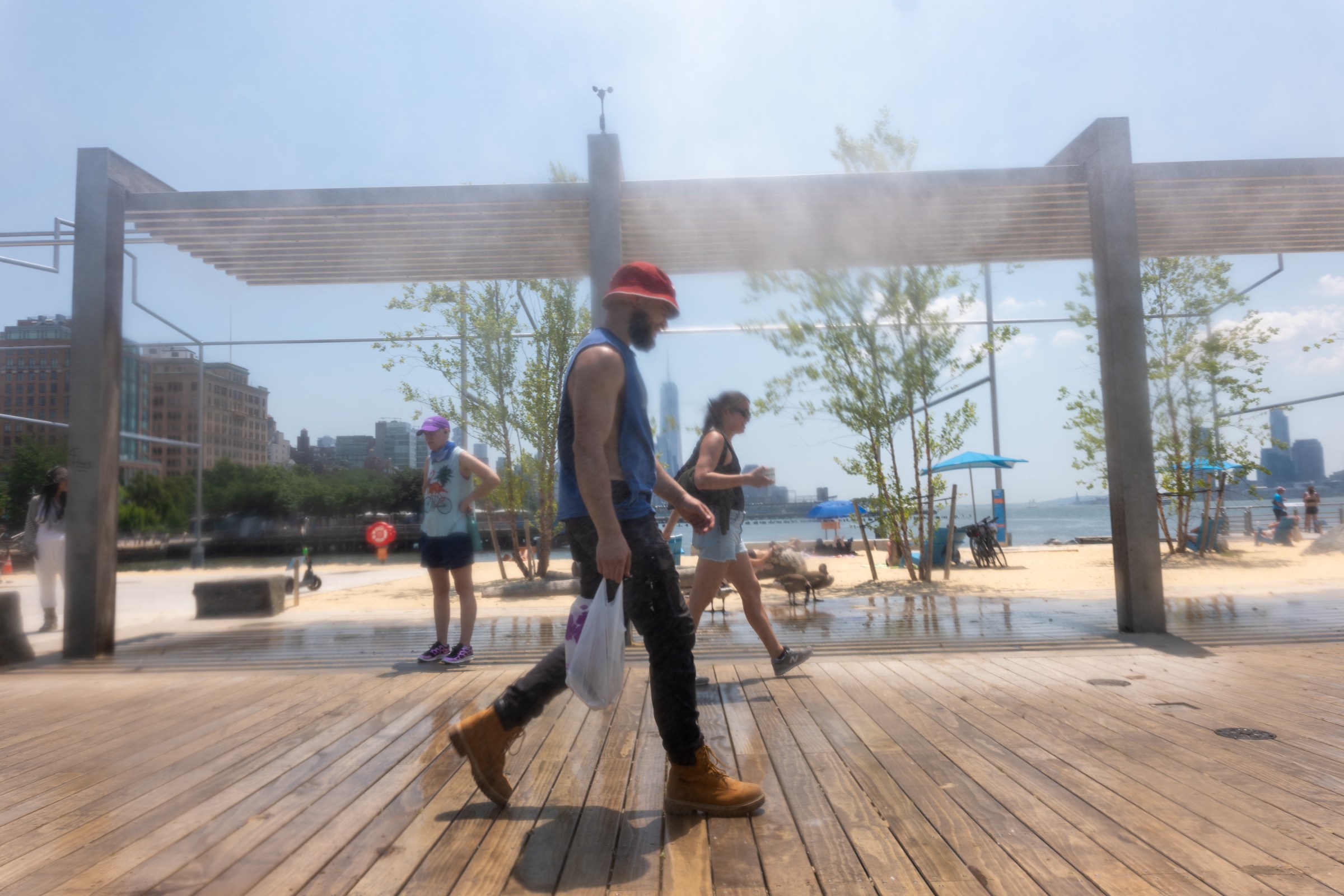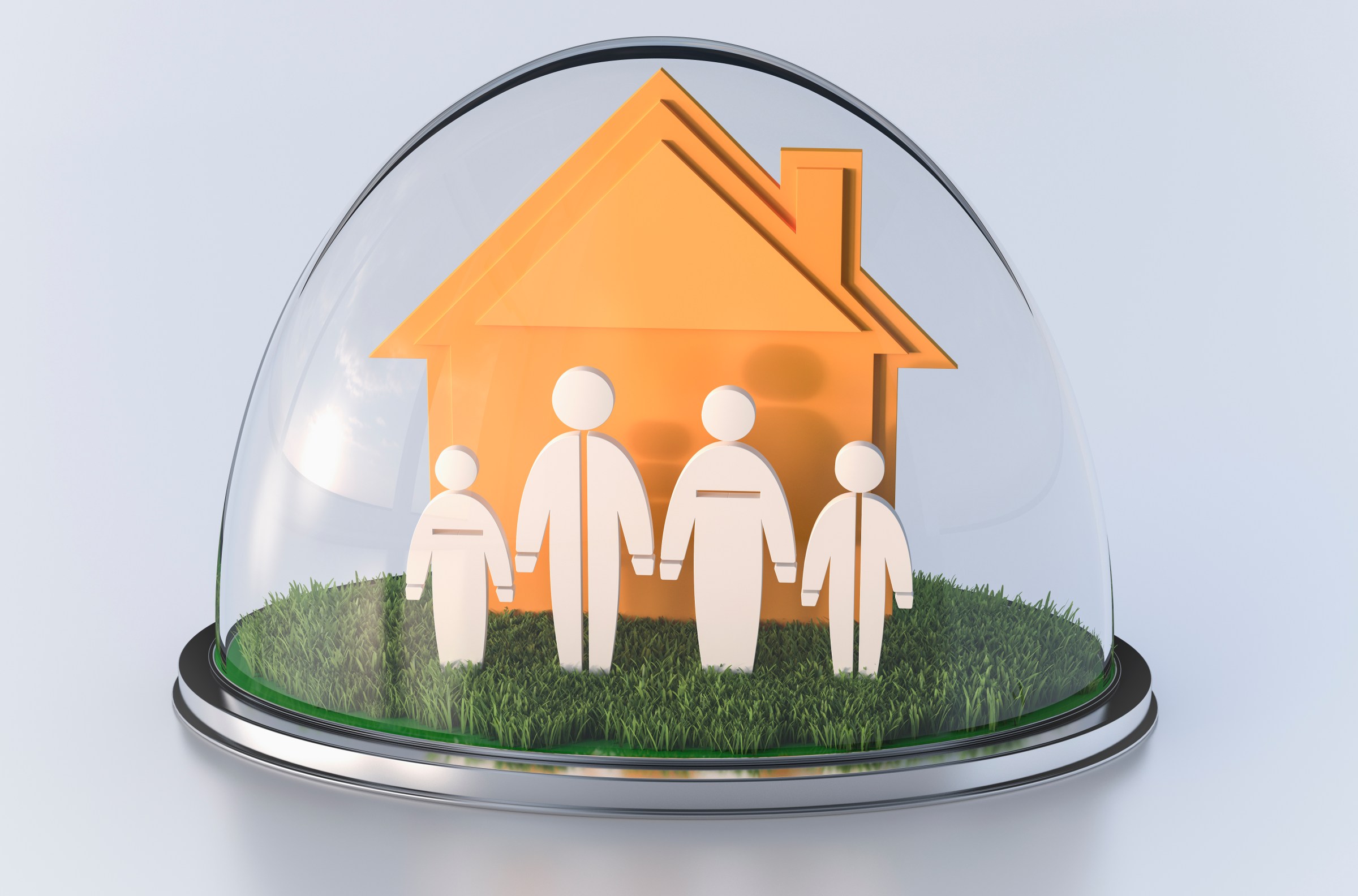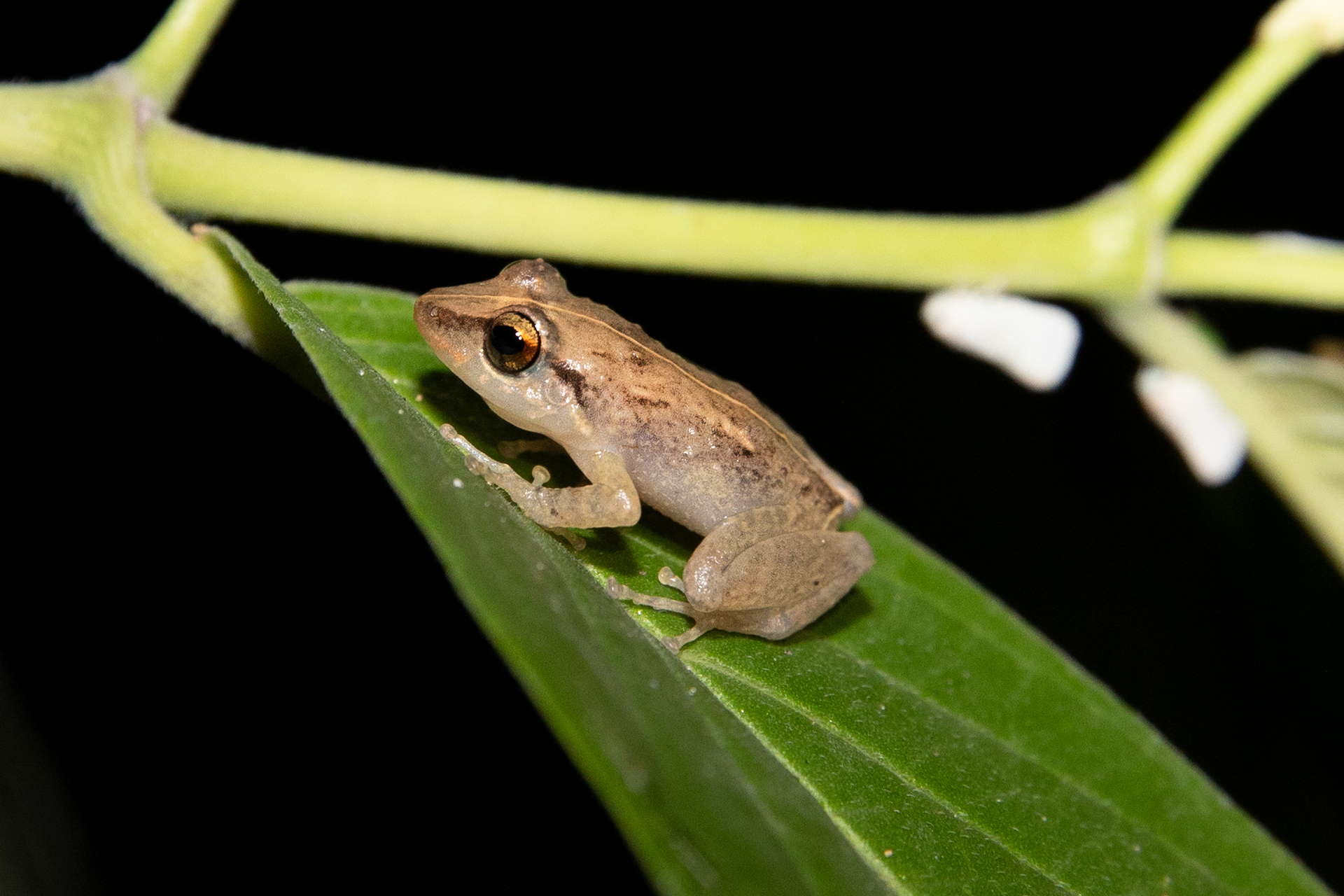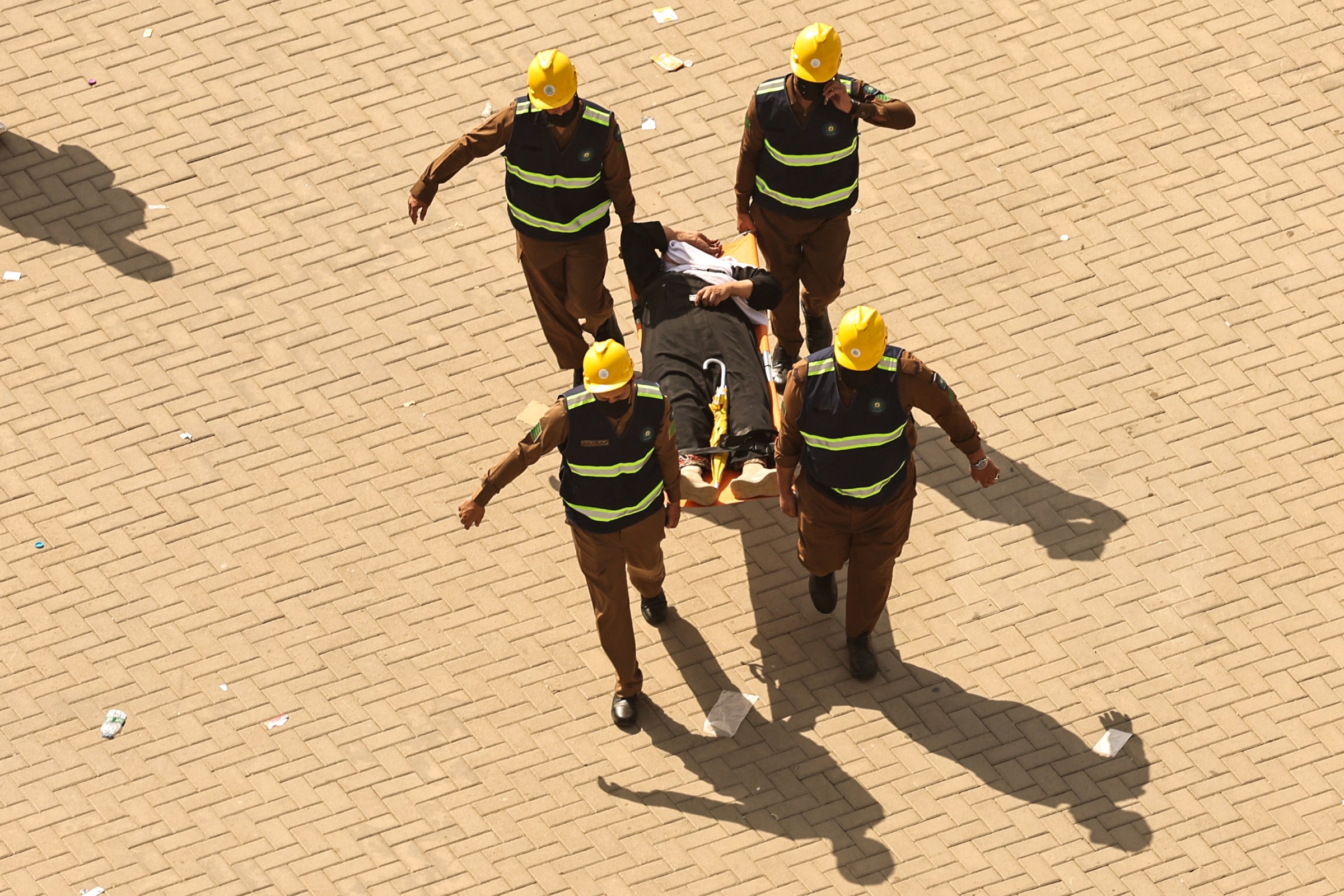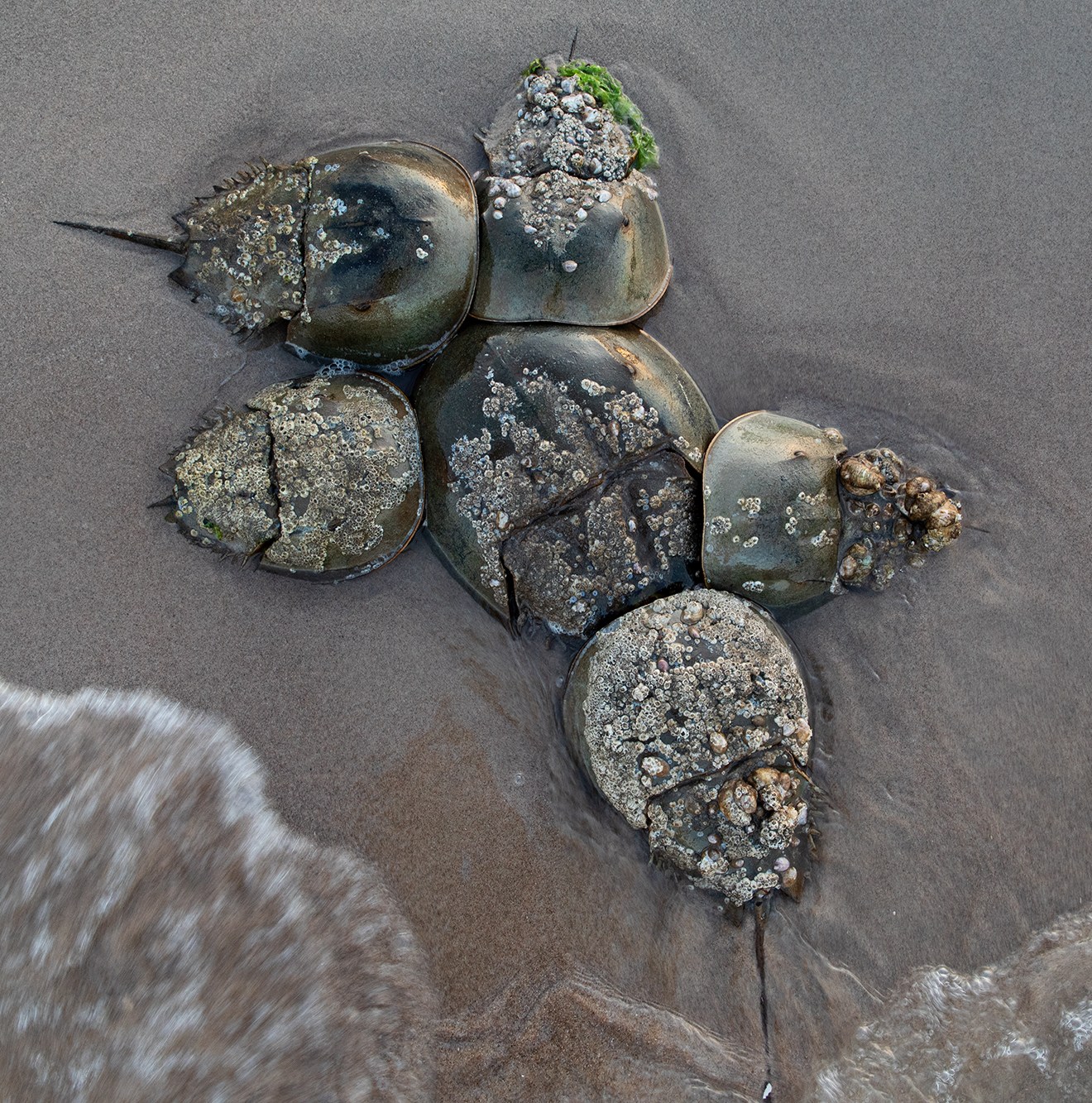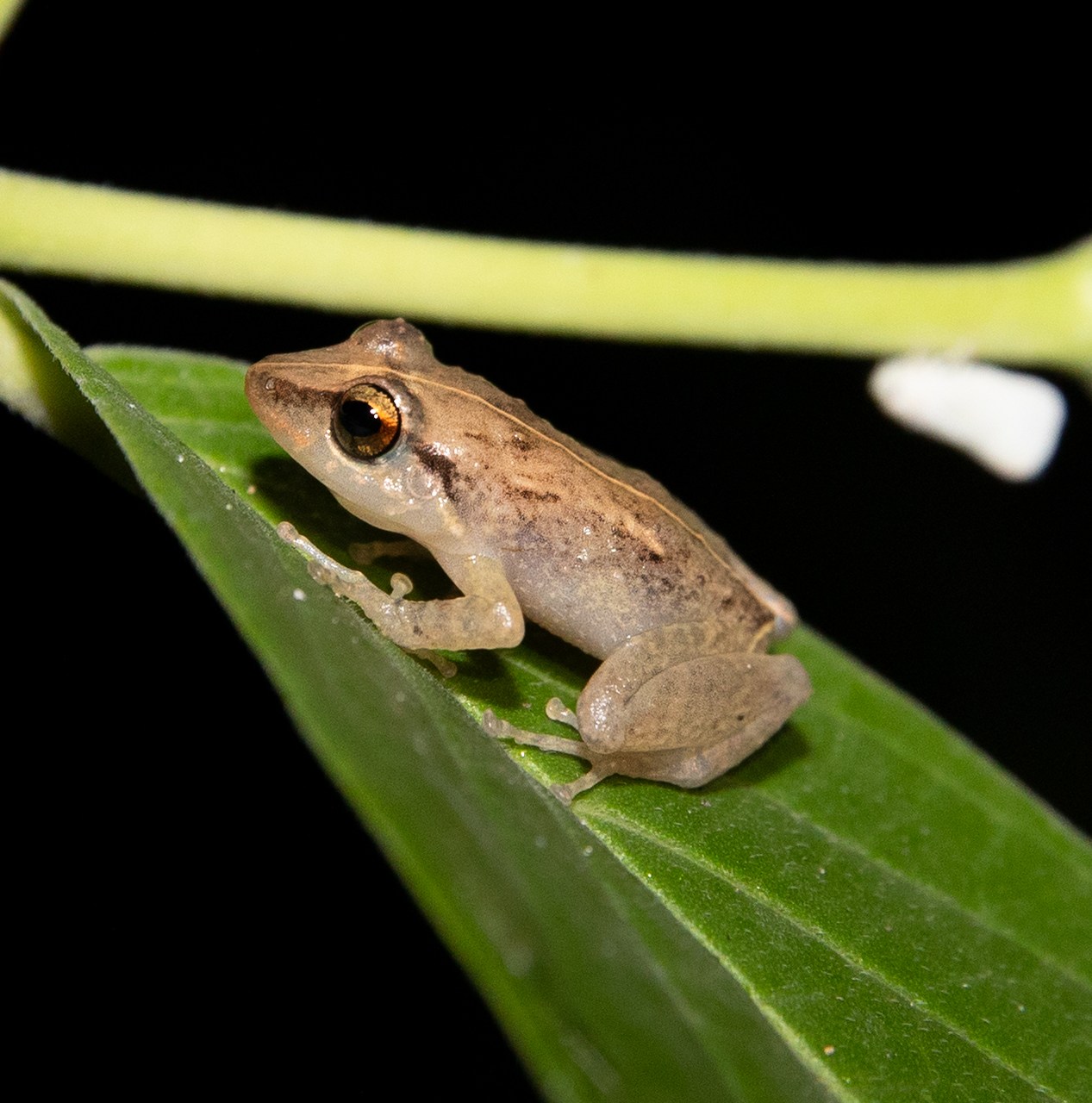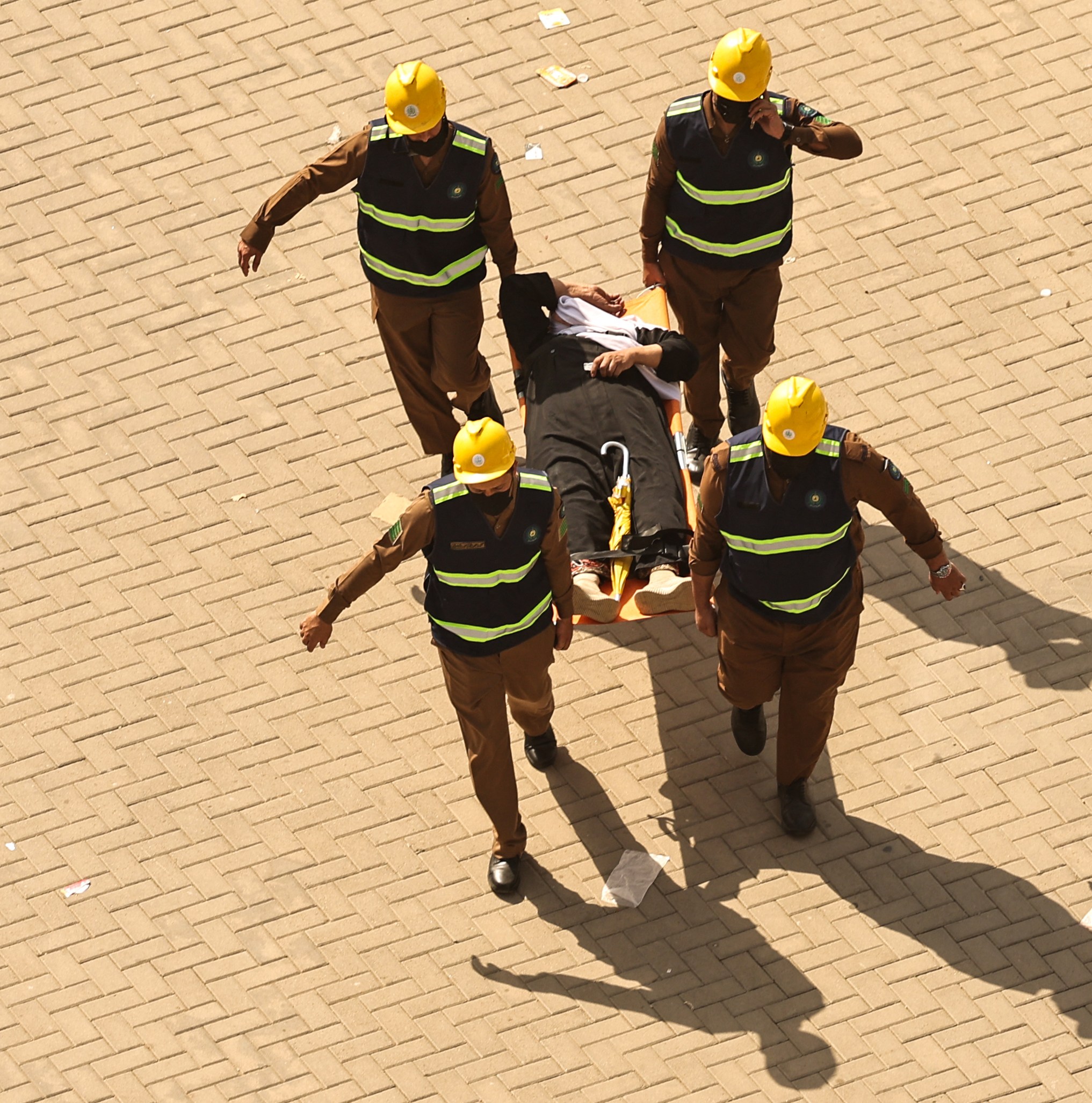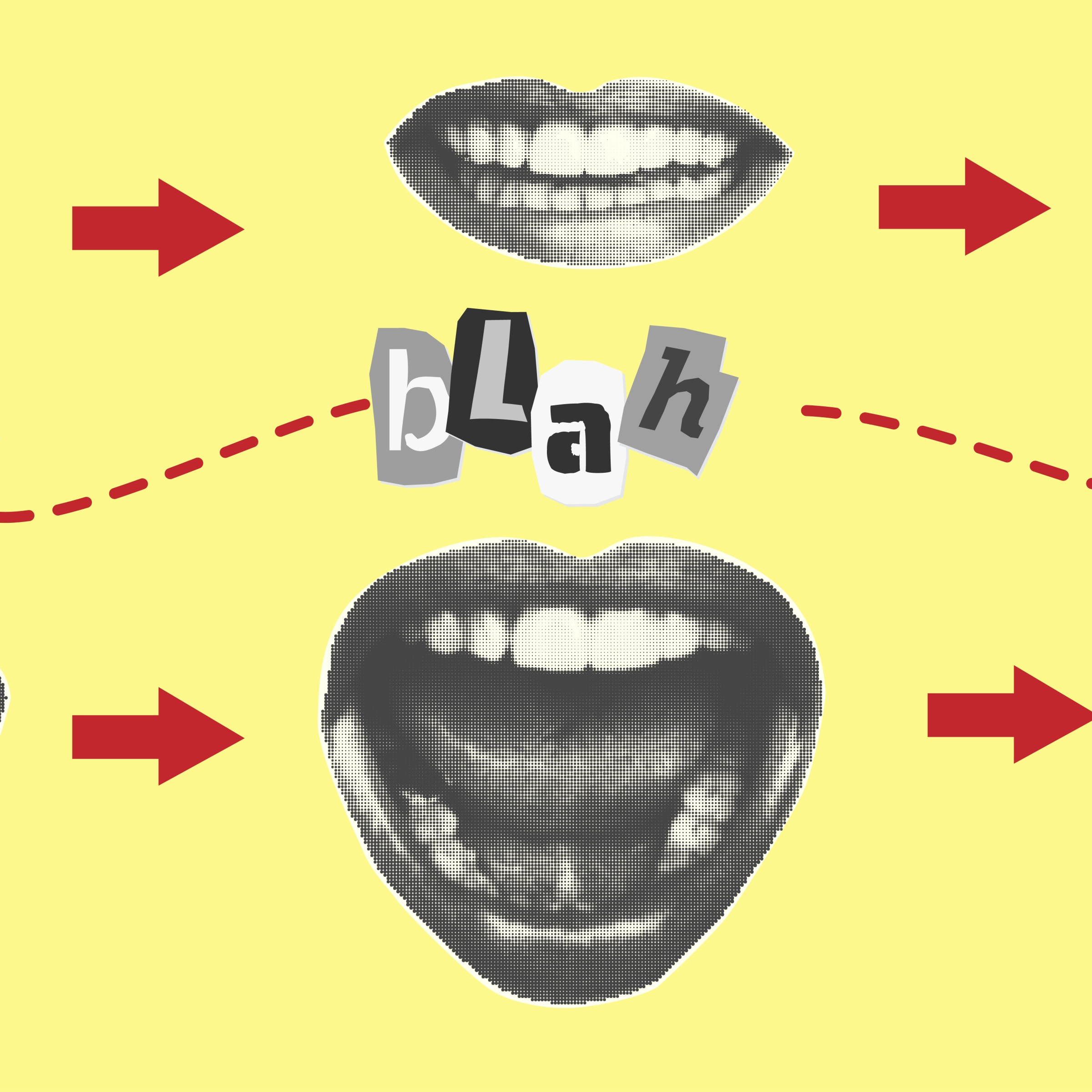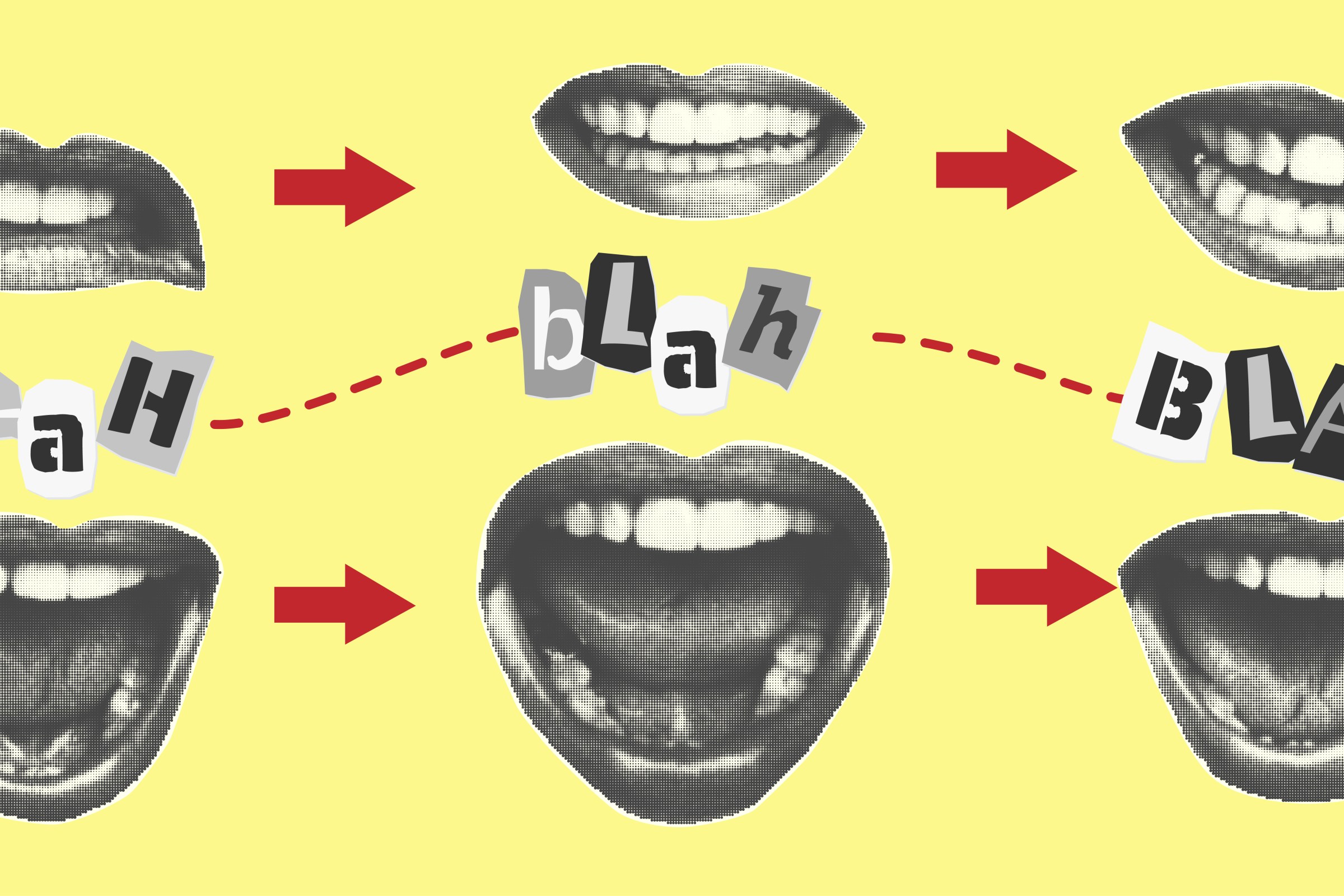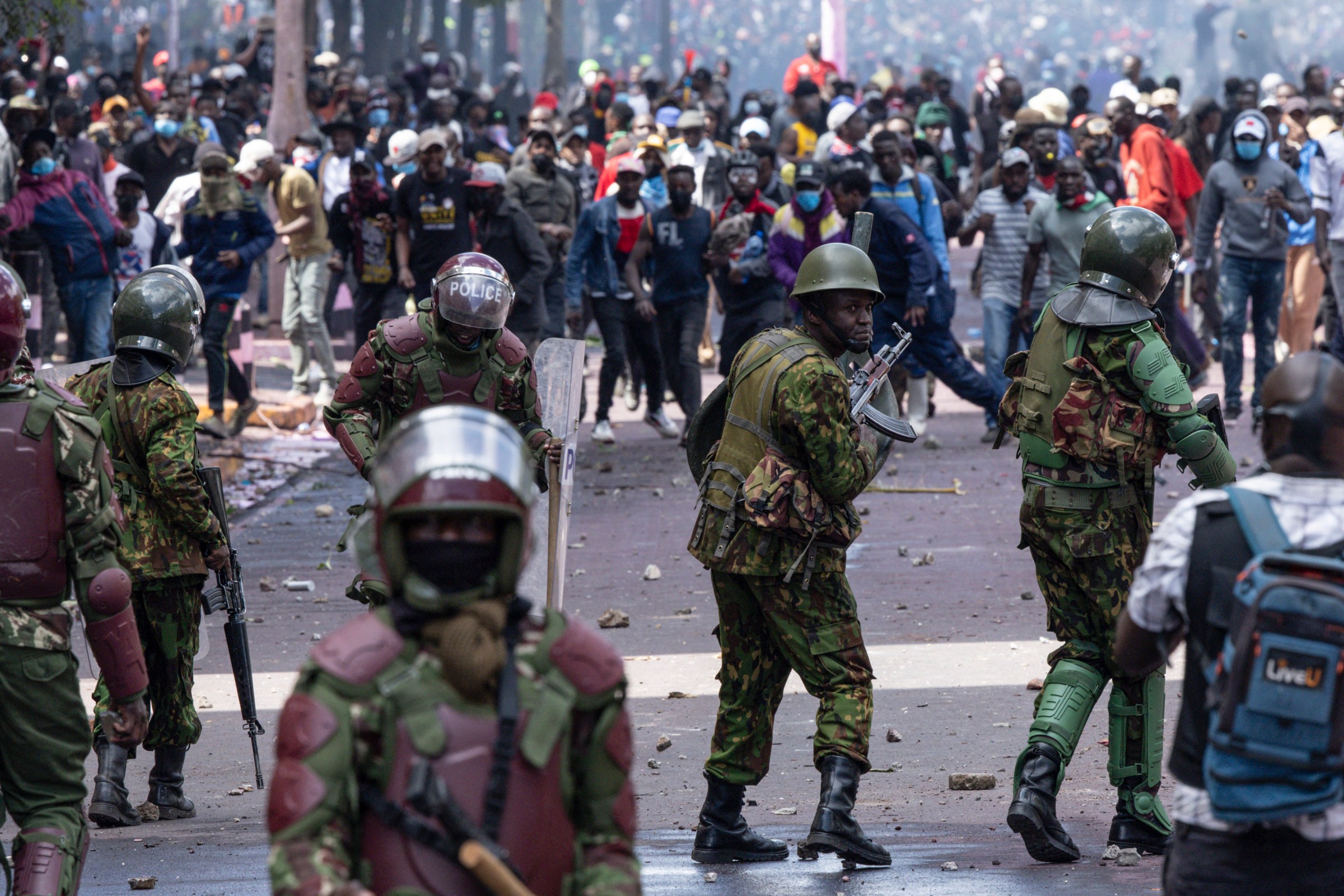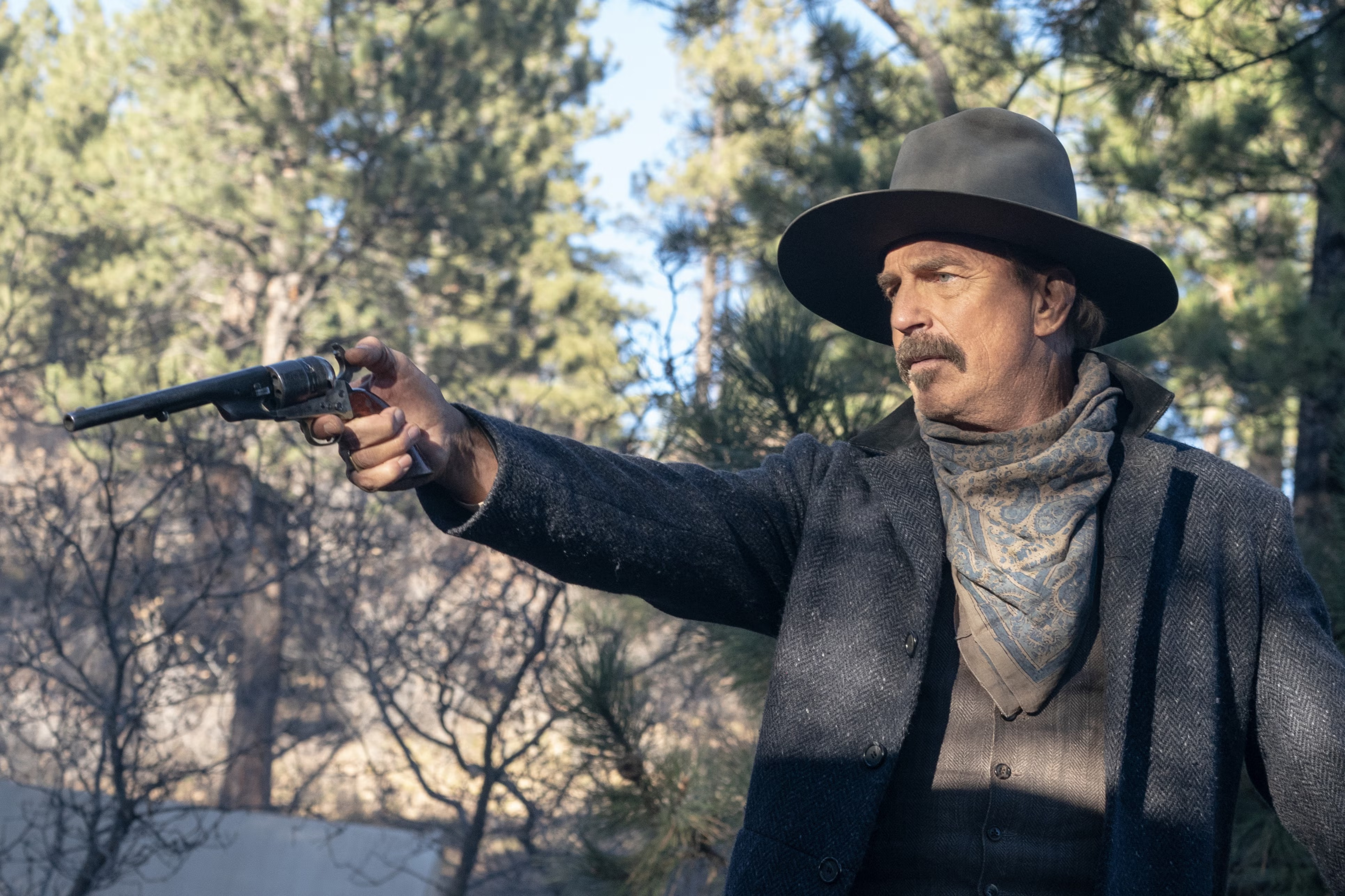This week, an intense heat dome is trapping hot air over much of the Western United States, sending temperatures up to 30 degrees hotter than normal for early June. Yesterday, Phoenix and Las Vegas were pushing into the triple digits and nighttime temperatures this week haven’t offered much relief.
The hottest place on Earth is cracking from the stress of extreme heat
If even Death Valley is in trouble, what does that mean for the rest of us?
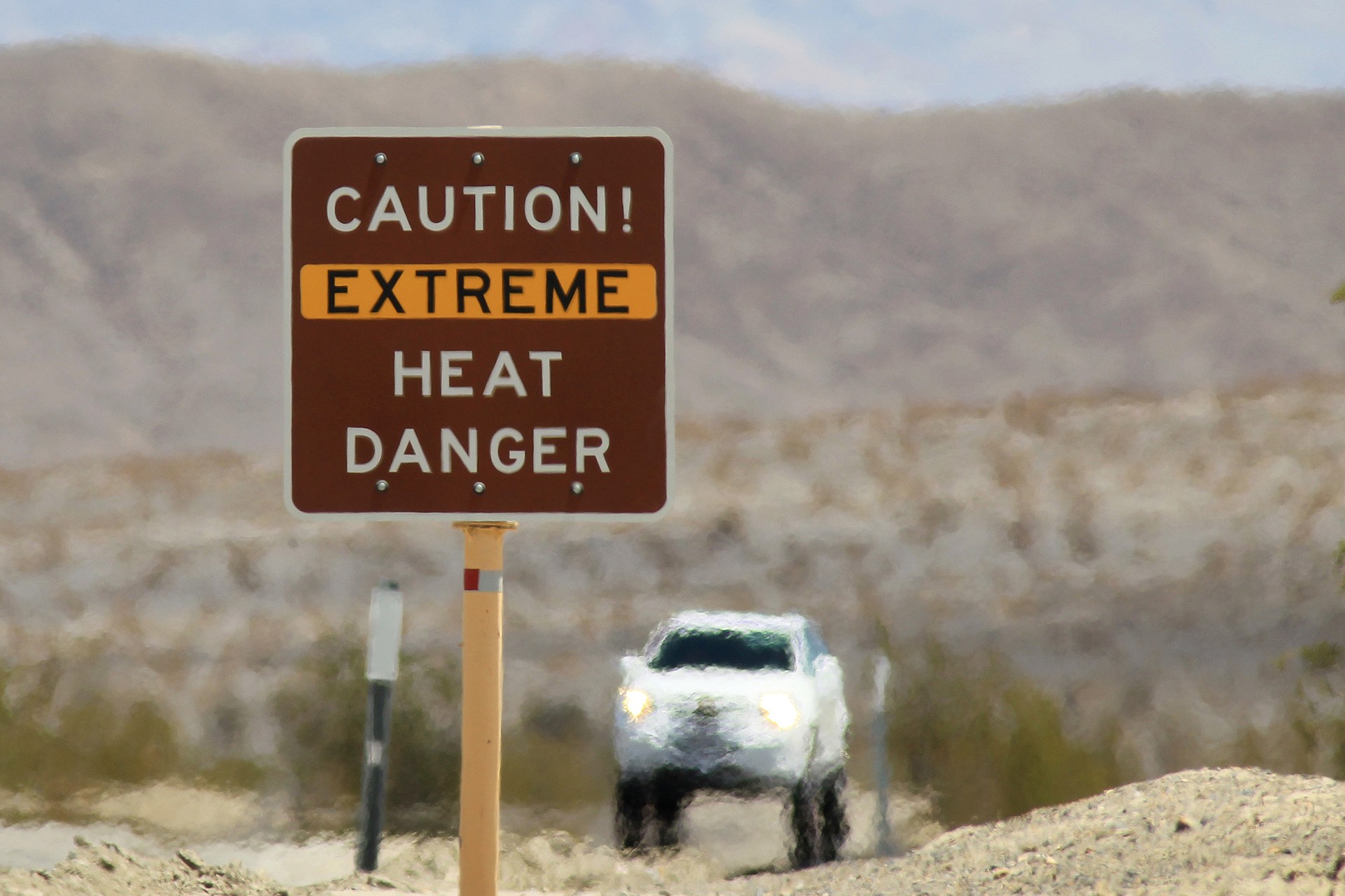

These conditions are extreme, but nowhere are they more extreme than Death Valley.
Nine out of 10 of Death Valley’s hottest summers have been in the past ten years. Death Valley, California, already the hottest place on the planet, is now in the middle of the heat dome, making it an interesting place to look at the implications of such high temperatures so early in the year.
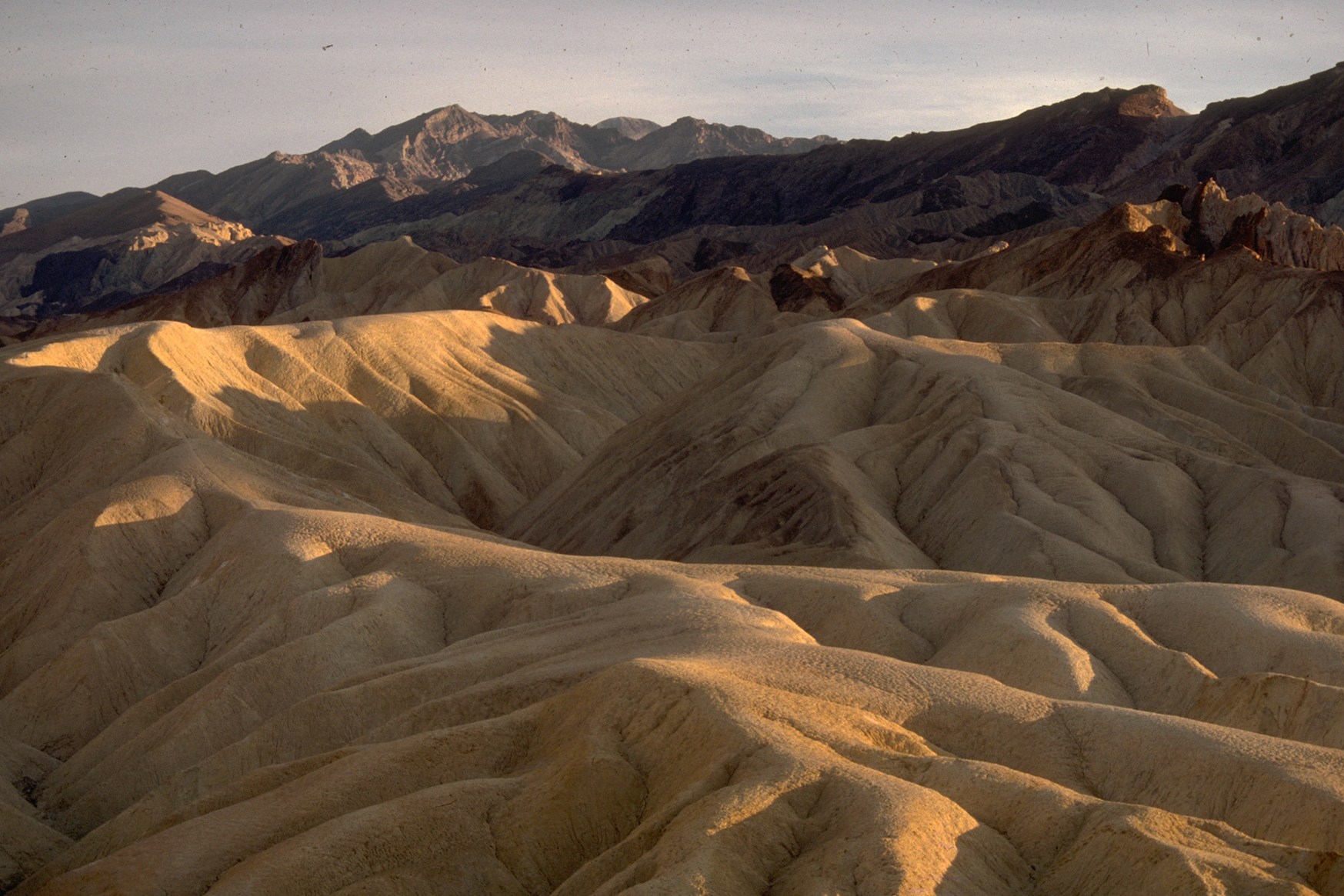
I spoke with Abby Wines, a spokesperson from Death Valley National Park, on the peak of the heat dome this Thursday. As we spoke on Thursday morning, the mercury on the park’s temperature gauge was climbing — on its way to hitting 121 degrees, putting this week in contention for the hottest in recorded history and tying the hottest temperature for this time of the year. This is only the start of what’s shaping up to be an extremely hot summer.
These temperatures are alarming and harmful. Last year’s excessive heat led to more heat-related deaths than any year on record. According to an AP analysis of Centers for Disease Control and Prevention data, the death certificates of more than 2,300 people who died in the United States last summer mention the effects of excessive heat, the highest number in 45 years of records.
Many of the plants and animals that live in Death Valley are living on the edge of survival under current conditions and climate change is projected to make this part of the country even hotter and more arid. And yet even the slightest increase in temperature or a change in precipitation patterns has the potential to push some of Death Valley’s plants and animals into threatened status, or even to extinction.
When Wines and I spoke, she talked about some of the cracks that are emerging in a place that is accustomed to such extreme temperatures. Even for the hottest place on Earth, there’s a threshold for heat acclimation.
But perhaps even scarier is what that might mean for the rest of us.
This conversation has been lightly edited for length and clarity.
Paige Vega
Death Valley is extremely well adapted to this kind of heat — 120 degrees Fahrenheit is not quite such a big deal for this place. But could you tell me what it's like there right now, and why such high temperatures at this point in the year are significant?
Abby Wines
Yesterday reached 118 and today is forecasted for 121, which is tied for the record. So it's really, really hot. Yesterday, I was outside creating a series of short videos with a coworker. It was morning and it was probably about 110 when we were out filming, and we had a solar umbrella shielding the camera and had an ice pack that we were holding up against it anytime we weren't actively recording. I was filming these really short segments, you know, a minute or so, and it was a challenge to get my words in fast enough before the camera would shut off because of heat. Poor little delicate flower of a camera. That's what it's like out there right now. It's too hot for cameras.
Paige Vega
You say it got up to 118 yesterday. Today is forecasted for 121. Could you put those numbers in context?
Abby Wines
This is hotter than normal for this time of year, but it isn't the first time we've gotten to this temperature range. The record for yesterday was 122; we got to 118. Today’s forecast is 121. If we get to 121 it will tie the record for the date, so we’re right up there.
One surprising thing
Death Valley holds the world record for the hottest temperature on the planet, but there’s controversy surrounding that claim to fame. The record was set on July 10, 1913, when temperatures hit 134 degrees Fahrenheit. But as Vox has reported, past measurements may not be as reliable as modern ones and weather historian Christopher Burt has argued that this measurement was likely an error.
If that’s the case, the world’s actual hottest temperature on record might have occurred last year — also in Death Valley, but Wines says that “record” deserves a major qualifier: “We have a thermometer that is in front of the Furnace Creek Visitor Center. It is not linked to the official thermometer and actually reads about 2 degrees warmer than it should. So, it's a little embarrassing. It's not entirely correct.” Instagram bait, basically. The National Weather Service and the World Meteorological Association currently accept the 134°F measurement as the hottest naturally occurring temperature recorded on Earth.
Paige Vega
Death Valley is home to a lot of amazing wildlife and plant life that have adopted some fascinating adaptations to cope in this kind of environment. Could you talk about some of the local wildlife celebrities and their adaptations and survival strategies?
Abby Wines
One of the more common species here is called the zebra-tailed lizard. It’s a very light-colored lizard, which is good for reflecting as much of the sun’s rays as possible. Another animal that’s extremely well desert adapted is called a kangaroo rat. I wish it wasn’t called a rat, because it’s actually like a little cute mouse, and it hops around on its hind feet, with a long tail. It survives by going underground into burrows during the day. It’s out of the sun, out of the heat, and then it’s more active at night, especially in the summertime. Road Runners and coyotes also do very well in the heat.
Paige Vega
These types of adaptations that animals can make to thrive in a place like Death Valley, those aren’t survival strategies that humans can adapt. How do you keep people safe? Could you comment on how you and the Death Valley National Park staff think about heat exposure for humans, employees, and visitors?
Abby Wines
The top priority is helping people avoid the heat. There’s a mentality that people can have, that they can toss it out, or we might see someone else that’s doing something out in the heat, and think, “If they can do it, surely I can do it. I’m fit, I’m young” — whatever their particular reason is for thinking that. But that can be a really dangerous mindset.
We're trying to help people make good choices by giving them information about what the consequences are if things go badly.
A helicopter will not come when it’s above 120 degrees outside. If a visitor needs a rescue, we can’t endanger our employees to help that person and so a rescue might not always be possible. It’s a hard choice every time. Are we putting our own employees at risk to rescue that person?
I think that’s such a shocking piece of information for most people. But a helicopter will not come when it’s above 120 degrees outside. Warm air just doesn’t have as much lift as cool air. So a helicopter gets less lift in extreme temperatures. It seems to be the most effective thing that we can do, other than telling people, “Oh, it's hot out there.”
Paige Vega
That is pretty stark. In temperatures like that, knowing that you’re on your own if something happened, I think that that could be pretty frightening. How many visitors do you expect in the park in the coming months and throughout the summer?
Abby Wines
We’re getting a lot more than you would think. About 300,000 people usually come in the summer — but the key thing to understand is that a lot of people who come during the hottest months are only passing through. Most of our summer visitors are people from other countries. So Death Valley is not the only reason they’re coming to the United States. They’re doing a tour of the Western US, and in the summer, when Tioga pass is open, which is the road over the mountain into Yosemite National Park, that means that Death Valley is on a direct path between Las Vegas and Yosemite, and so we become a reasonable extra thing to see along the way.
Paige Vega
And in those very hot months, people are passing through often in the comfort of their air-conditioned cars.
Abby Wines
Yes, and well, you’ll sometimes hear people speak derisively of folks that visit parks that way, that just basically see them from their windshield. But that's the safest way to visit Death Valley in the summer. This place is beautiful and it’s amazing, and seeing it in the summer lets you really have awe for the fact that a lizard can live here, or that there’s a bush over there — that anything at all can survive here. We don’t want to discourage summer visitation, but we want people to be smart about it.

Paige Vega
Climate change is projected to make Death Valley even hotter and more arid in the future. Is there a point where it’s too hot, even for the hottest place on Earth? Is there a level to that kind of acclimation?
Abby Wines
Just like it’s different for each human, there’s a slightly different threshold for every creature and plant life, and we don't know what that is. Take the Devils Hole pupfish, for example. These little fishes live in water that’s about 93 degrees on average, which is about the hottest water that any fish lives in. Maybe they’d be okay at 94, maybe they’d be okay at 97, maybe they would even be okay at 140. But I’m pretty sure they’re not going to be okay at 212. We don’t know what their threshold is and we’re certainly not doing experiments on them to find that out.
Paige Vega
Could you talk about if there is any evidence of heat stress on the landscape within this heat-acclimated ecosystem?
Abby Wines
There is some compelling research on this. More than a century ago, a study conducted by the University of California, Berkeley surveyed multiple landscapes across California. The work provided a baseline — very detailed studies within Death Valley — of exactly what animal they found at what elevation, at what location they took samples to look at the size of the animal's body, and the abundance of animals at each of those locations. And then a few years ago, scientists went back to many of those spots and replicated part of the studies. What they found in Death Valley is that some wildlife, animals like the kangaroo rats, seem to be doing okay. But other animals are not doing so well. The research found that 30 percent of the bird species in Death Valley show a reduction in abundance and range, so there are less of them in less parts of the park than there used to be 100 years ago.
Another bit of evidence that is of real concern has to do with bristlecone pine trees. They’re one of the oldest living things on the planet — they can reach thousands of years in age — and they tend to live on high desert mountains throughout the Great Basin region, which includes Death Valley National Park.
The population is now being attacked by bark beetles, and that’s pretty weird. Part of how and why bristlecone live so long is because they are very resistant to infestations by pests like bark beetles. The species of bark beetle that is currently attacking Death Valley’s bristlecone pines is native — so it’s always lived in the Death Valley, but it’s never been able to attack bristlecones before. The heating climate is changing that.
Paige Vega
What are the broader implications of those changes?
Abby Wines
Another way to think of all of this is, yes, as climate changes, Death Valley is going to be impacted and life here is going to suffer. That’s not a good thing.
But even worse is the potential for the conditions that we’re used to seeing in Death Valley becoming more recurrent in the places near Death Valley. The way Death Valley is now might be the way that surrounding areas of the desert could become if climate change stays on its trajectory.
So, consider Las Vegas or Palm Springs — those areas might become more like Death Valley and, well, I love Death Valley, but I don't think that the extreme heat that we have here is what anybody really wants for a region-wide landscape.

